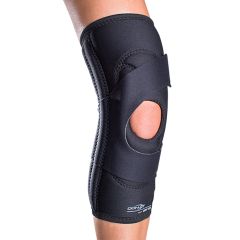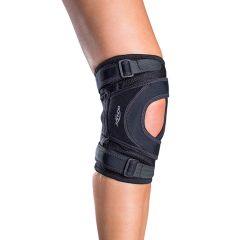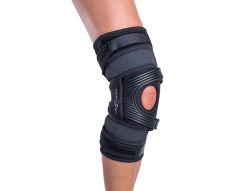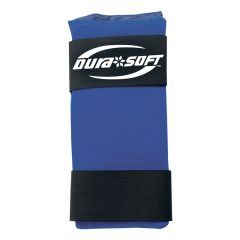Patella Kneecap Dislocations
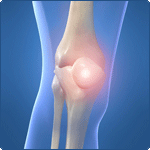
Kneecap dislocation occurs when the kneecap is moved away from the position it is supposed to be in. The kneecap is held over the patellofemoral groove by tendons and ligaments, and if the knee is hit, usually by falling or banging into something, it can be knocked out of place. This can cause further injury by creating sprains, strains and tears to the ligaments. This is an injury that is seen in more young people than adults, most likely because it tends to be a sports-related injury, although it can happen simply by taking a bad fall.
Another common cause of knee pain is having an unstable kneecap. This can lead to kneecap dislocation, which occurs when the kneecap does not properly align with the groove known as the trochlea. This groove is what the kneecap slides up and down on as the leg bends. Unstable kneecap, also known as patellar subluxation, is when the kneecap is pulled toward the outside of the knee. In many cases, the dislocation is subtle, and causes little to no irritation to the patient. Other times, kneecap dislocation is an extremely painful condition.
WHAT CAUSES DISLOCATED PATELLAS?
There are many things that can cause the kneecap to become unstable. Usually, it is a combination of reasons that lead to this condition. Some of the things that can cause kneecap dislocation include a shallow groove, a wide pelvis, walking irregularly, and even abnormalities in the feet, which is now known to cause a number of other problems, including back pain. Younger patients who suffer from chondromalacia patella, which is an irritation of the cartilage beneath the kneecap, are prone to having kneecap instability. Some other causes of kneecap instability include patellar tendonitis (jumper's knee), plica syndrome and osteoarthritis.
WHAT ARE THE SYMPTOMS OF A KNEECAP DISLOCATION?
As with any other type of knee injury, a kneecap dislocation comes with a great deal of pain. There is usually swelling around the knee, and in many cases there will also be bruising. The leg may feel unstable, like it is going to give out when weight is put on it. The knee can also look distorted because the kneecap is not where it should be. Anyone with these symptoms should seek immediate medical attention so the condition does not end up worsening over time. Long-term complications can arise if the injury is not properly treated, although sometimes, the kneecap will move back into place on its own. In the case that it does, it is still important to see your doctor and make sure that there is no permanent damage to the knee.
WHAT IS THE TREATMENT?
The treatment of kneecap dislocation is much like the treatment required for a number of other knee injuries. Ice packs are recommended to reduce swelling to the area, and it is important to rest the knee and not do any strenuous activities until the injury has had time to heal. There are many types of alternative treatments as well, including light therapy, which has been proven to be quite effective when it comes to the treatment of pain.
In order to make sure that the kneecap is stable, it is often recommended that patients use a knee brace that is designed specifically to keep the kneecap aligned and in place. The DonJoy Lateral J knee brace is ideal for this type of injury as it features a tubular, lateral “J” buttress that helps to stabilize the kneecap. This brace also features lateral to medial straps for further stabilization. The DonJoy Lateral J knee brace is available to fit most, as it comes in sizes ranging from extra small to extra, extra large.
For some patients who do not respond to non-surgical therapies, surgery may be required to fix an instability or dislocation in the kneecap. The physician will perform an arthroscopic surgery, which involves the use of a tiny camera to see exactly where the problems lie, then the proper surgical procedure can be performed to correct the problem. The most common procedure is a lateral release, where the lateral ligaments are cut so the kneecap can go back to its proper position. Because kneecap dislocation can become a recurring problem, many patients opt to have the surgery following the first dislocation to prevent future ones.
Kneecap dislocation is painful, but can easily be treated, and with the proper treatment, patients can live virtually pain-free for the rest of their lives. If you think you have a dislocated knee or kneecap instability, see your physician and find out what you can do to treat it now, before it gets worse.
SUPPORT & PROTECTION FOR PATELLA DISLOCATION
View All Braces for Dislocated Kneecaps





